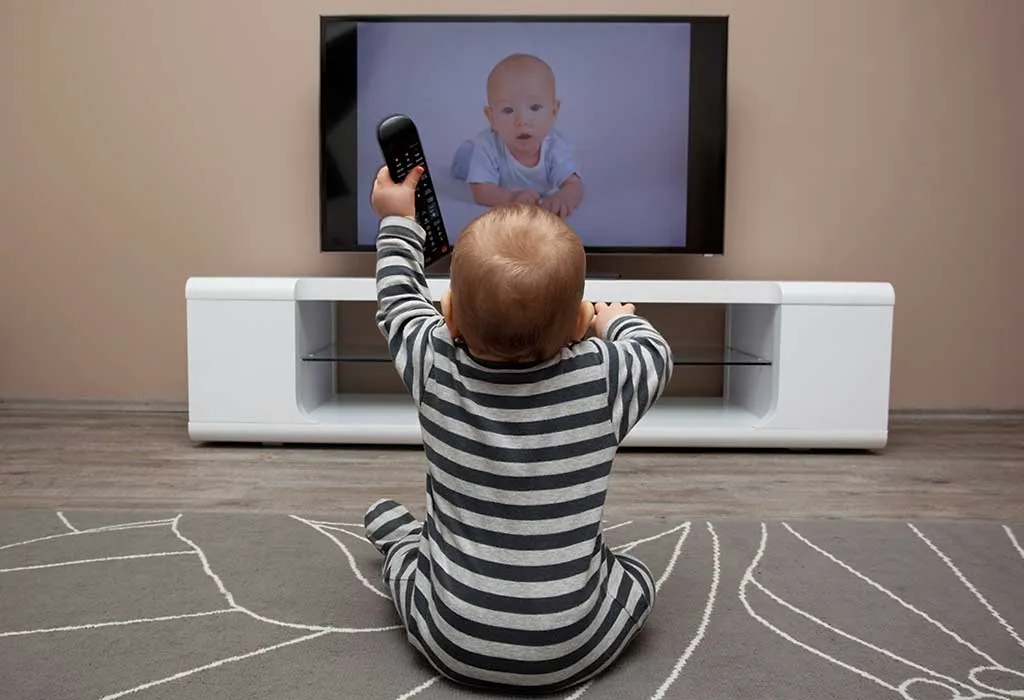
Introduction: The Screen Time Struggle – A Familiar Tale
The afternoon sun streams through the kitchen window, illuminating a scene familiar to parents everywhere: toys scattered across the floor, a half-eaten snack abandoned on the table, and a toddler glued to a tablet, mesmerized by the colorful world unfolding on the screen. The parent, meanwhile, wrestles with a familiar mix of emotions: guilt, exhaustion, and a nagging sense of uncertainty. Is this okay? Are they sacrificing their child’s development at the altar of screen time? Or are they simply embracing a modern parenting tool?
The internet, as always, offers an abundance of opinions, each more insistent than the last. Some voices proclaim the dangers of screen time, warning of stunted language development, behavioral problems, and a life doomed to the dreaded “TV habit.” Others tout the educational benefits, suggesting that carefully curated screen time can boost vocabulary, teach numbers, and prepare children for academic success. Caught in the crossfire, the parent feels overwhelmed, uncertain of how to navigate this digital minefield.
Into this fraught landscape steps Emily Oster, an economist and mother of two, with her book Cribsheet: A Data-Driven Guide to Better, More Relaxed Parenting, from Birth to Preschool. Oster, armed with a PhD and a healthy dose of skepticism, tackles the big questions of early parenting, not with pronouncements of absolute truth, but with a careful analysis of the available data. Her goal is not to tell parents what to do, but to provide them with the information they need to make informed choices that align with their own preferences and family circumstances.
When it comes to screen time, Oster’s findings offer both reassurance and a call for mindful use. She acknowledges the complexity of the issue, recognizing that the impact of screen time likely varies by age, content, and the individual child. But by carefully sifting through the research, she identifies some key principles to guide parents through this often-confusing terrain.
One of the most significant findings is that children under two years old learn little from TV. While this may seem intuitive to some, it stands in stark contrast to the claims of many popular “educational” baby videos. Oster emphasizes the concept of “opportunity cost,” suggesting that the time spent passively watching screens could be better used interacting with caregivers, exploring the physical world, and engaging in other activities that promote early learning.
For preschoolers, the picture is more nuanced. Oster cites research supporting the educational benefits of television, particularly for programs like Sesame Street, which has been shown to boost vocabulary, school readiness, and pro-social behavior. However, she emphasizes the importance of choosing “high-quality programming” and limiting screen time to allow for other essential activities.
The rise of iPads and other devices presents a new set of challenges, as the research on these technologies is still limited. Oster suggests caution and mindful use, urging parents to consider the potential “opportunity cost” of excessive screen time, even for educational apps. She acknowledges that these devices can be engaging and educational, but also recognizes that they can displace other valuable activities, such as play, social interaction, and hands-on learning.
What Does the Research Say About Screen Time for Toddlers?
When it comes to screen time, the research offers a mixed bag of findings, often leaving parents with more questions than answers. One area where the data is relatively clear, however, is the impact of television on children under two. The evidence suggests that children in this age group learn little from TV, even from programs marketed as “educational.” This finding challenges the notion that babies can benefit from passive screen time and highlights the importance of considering the “opportunity cost” of those precious early years. Instead of passively watching screens, children under two could be engaging in activities with a higher learning potential, such as interacting with caregivers, exploring the physical world, and developing language and motor skills.
For older children, particularly those in the preschool years, the data paints a more nuanced picture. Research has shown that preschoolers can learn from TV, especially from “educational programs” like Sesame Street. These shows, designed with specific learning goals in mind, have been shown to boost vocabulary, increase school readiness, and promote pro-social behavior. However, it’s important to emphasize that these benefits are contingent on choosing “high-quality programming” and limiting screen time to allow for other essential activities, such as play, social interaction, and hands-on learning.
The rise of iPads and other devices has added another layer of complexity to the screen time debate. Unfortunately, the research on these technologies is still “limited,” making it difficult to draw definitive conclusions about their impact on young children. While some studies suggest potential benefits, such as improved fine motor skills and early exposure to letters and numbers, others raise concerns about the potential for addiction, attention problems, and a displacement of other valuable activities. Given the “limited data,” it’s prudent to approach iPad use with caution, especially for very young children, and to carefully consider the “opportunity cost” of screen time. Even if an app is educational, it may not be the most effective way for a child to learn, and it may come at the expense of other activities that promote development and well-being.

Screen Time and Your Toddler: A Common-Sense Approach
In the face of limited data, parents can turn to a powerful tool to help them navigate screen time decisions: their own common sense. Statisticians call this approach “Bayesian priors” – using existing knowledge and intuition to supplement the data and make more informed judgments. When it comes to screen time, most parents have a gut feeling that excessive exposure is likely bad, while moderate, educational screen time is probably fine. These “priors” can be helpful in filling in the gaps where the research is still inconclusive.
For example, most parents would agree that a two-year-old who spends eight hours a day glued to an iPad is probably missing out on other important experiences. This intuition aligns with the concept of “opportunity cost” – the idea that choosing one activity means forgoing another. If a child is spending most of their waking hours on a screen, they are not engaging in other activities that promote development, such as playing, interacting with caregivers, or exploring the physical world.
On the other hand, it’s harder to imagine that a half hour of Sesame Street twice a week is going to have a detrimental impact on a preschooler. In fact, research suggests that these types of high-quality programs can be beneficial, boosting vocabulary and school readiness. The key, as always, is moderation and balance.
The Bayesian approach also encourages parents to consider the alternatives to screen time. If the choice is between a stressed, overwhelmed parent and a calm parent who is able to get dinner on the table thanks to a little TV time, the latter scenario may actually be better for the child. After all, children thrive in environments where their caregivers are present, engaged, and emotionally available. Sometimes, a little screen time can help create those conditions.
Conclusion: Mindful Screen Time for Happy Families
The decision of how much screen time to allow is ultimately a personal one, guided by individual family values and needs. While the data can provide some helpful insights, it’s important to remember that it doesn’t offer a one-size-fits-all answer. Parents should strive to make informed choices, using the available evidence to understand the potential benefits and risks, but also trusting their own judgment and intuition.
The key takeaway is not to fear screen time, but to be mindful of it. Limit exposure for very young children, prioritize high-quality programming for older children, and always consider the “opportunity cost” – what other activities might be more beneficial or enjoyable. Most importantly, strive to create a balanced, enriching environment where screen time is just one part of a child’s overall experience.
As technology continues to evolve, it’s likely that future research will provide more clarity on the impact of screen time on young children. In the meantime, parents can navigate this complex landscape with a combination of data, common sense, and a commitment to making choices that support their children’s well-being.







